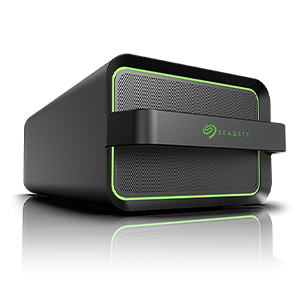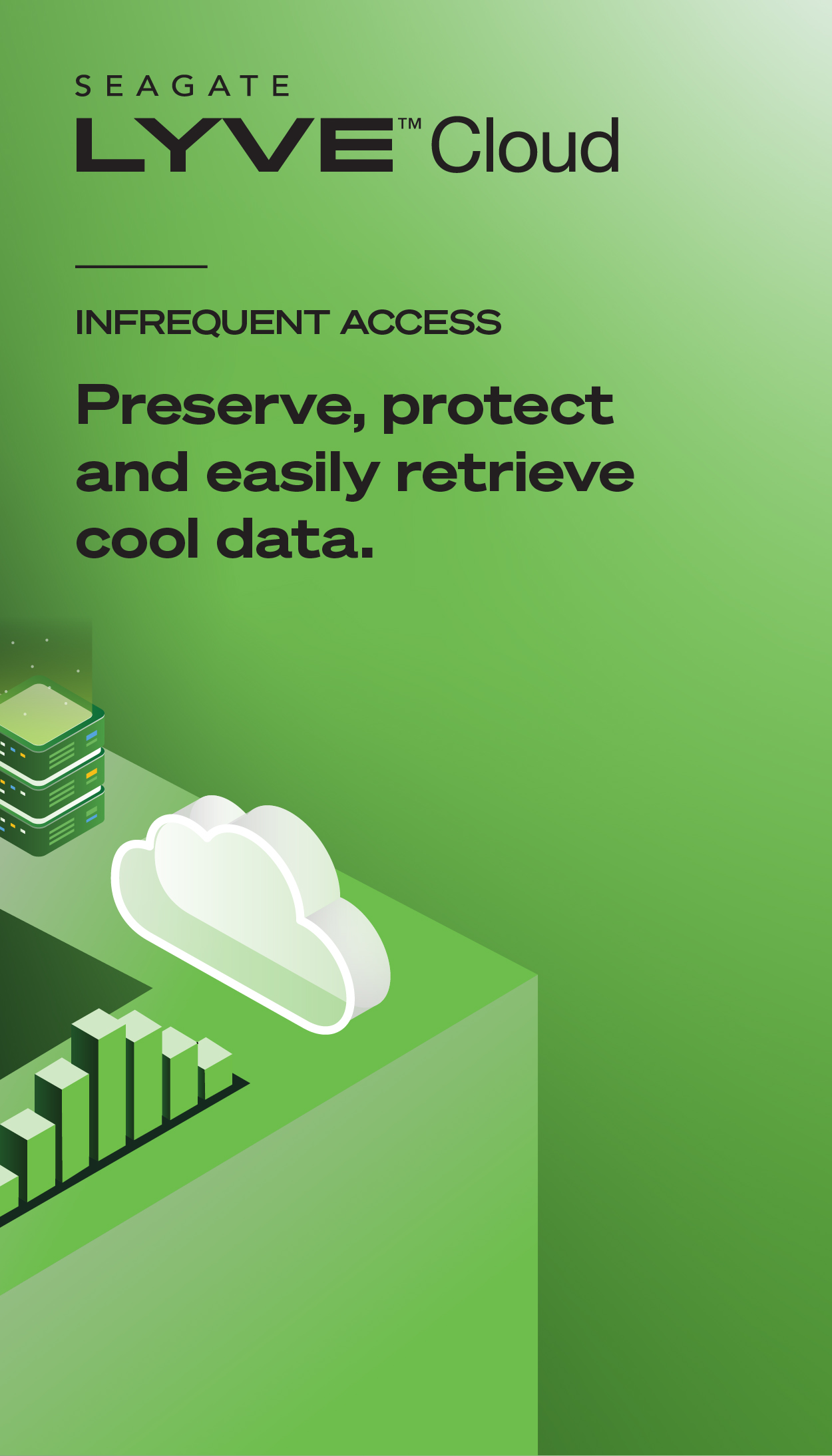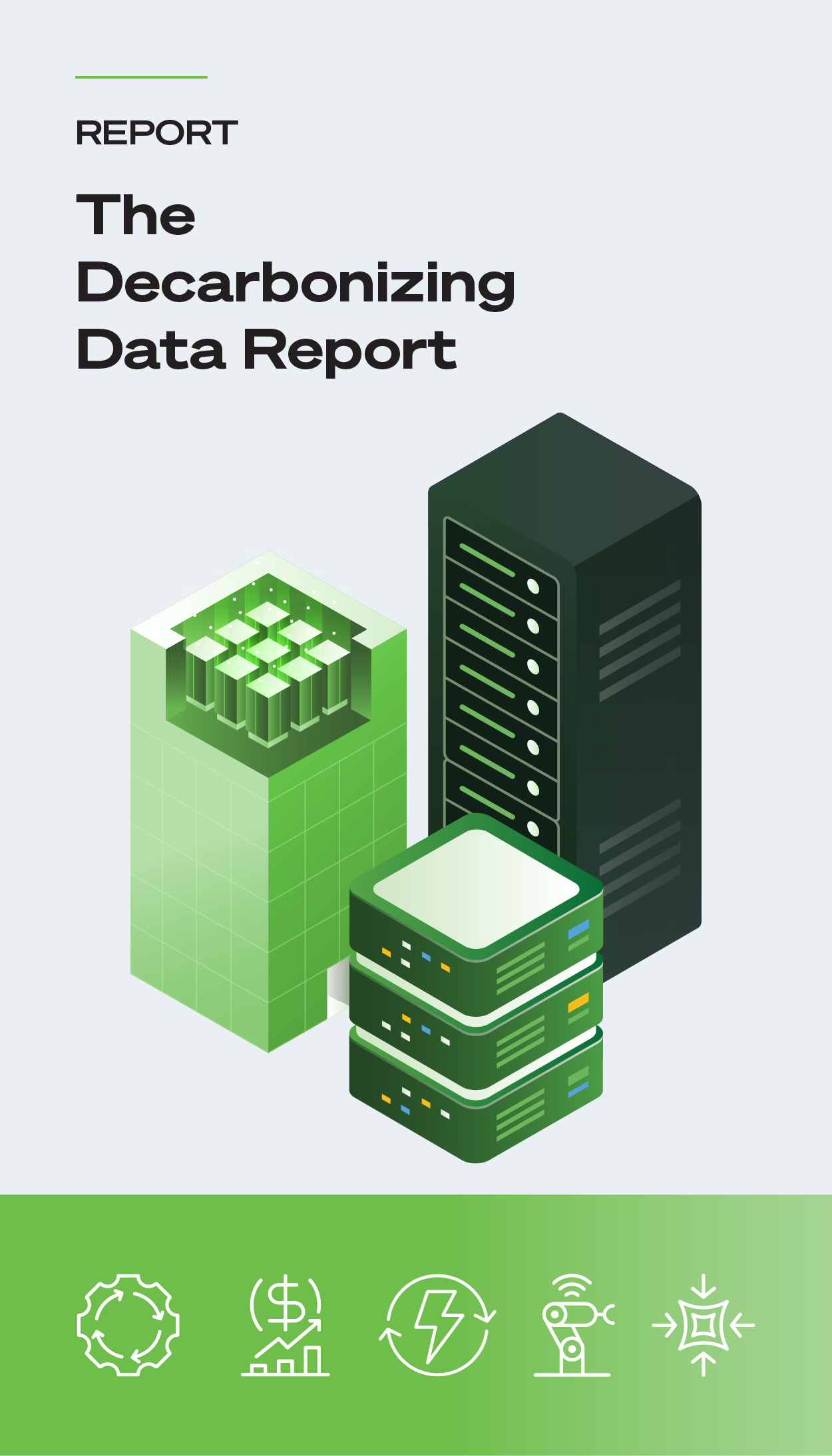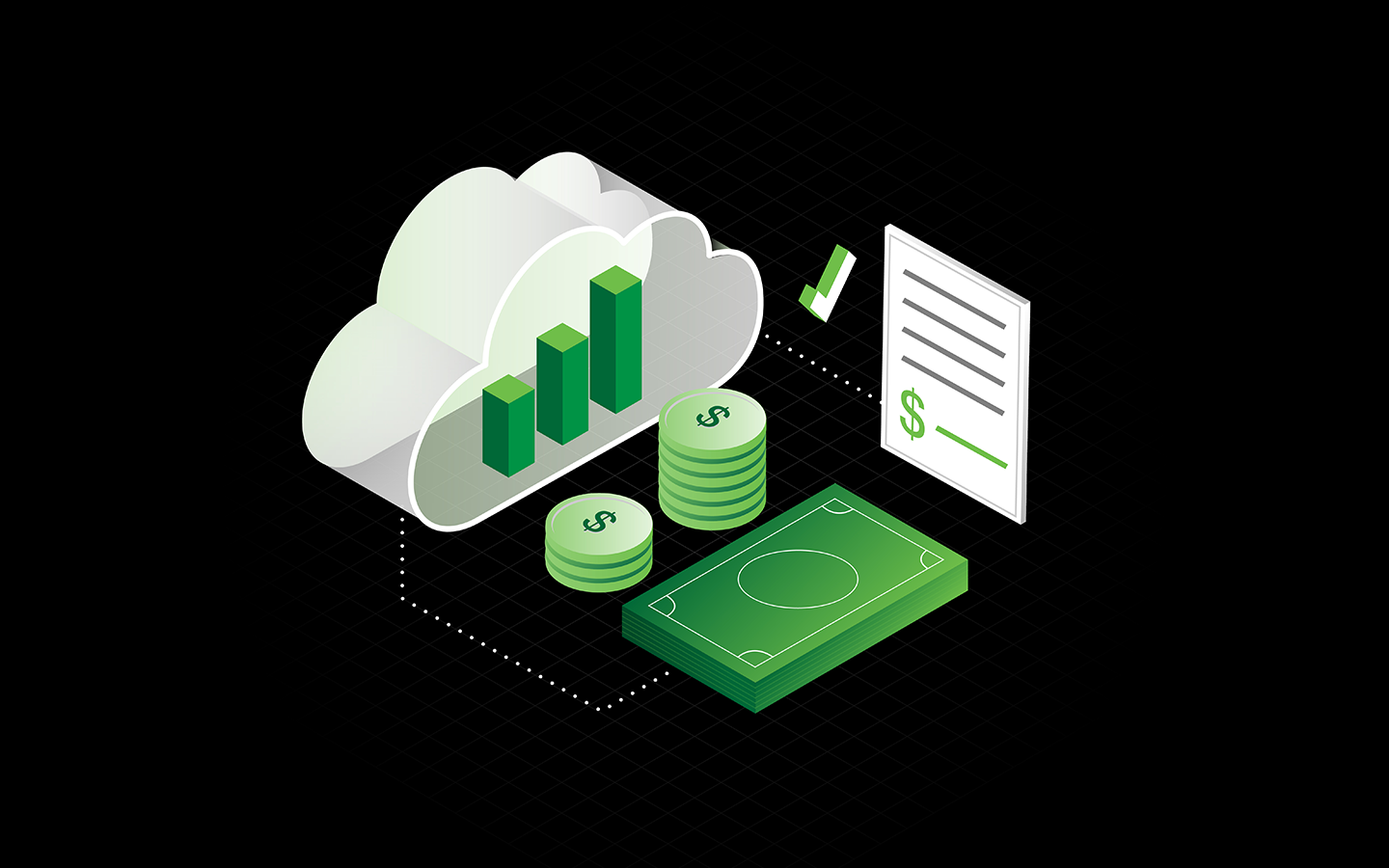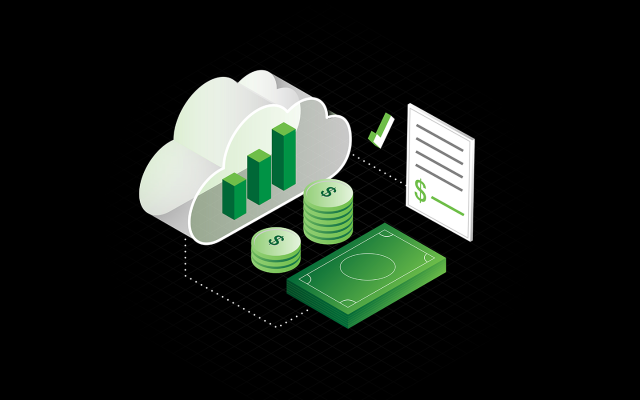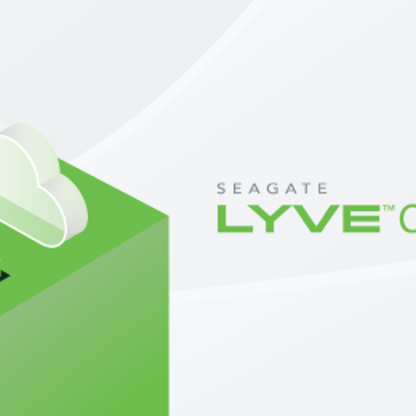In today’s fast-paced digital landscape, the cloud is more than just a tool, it’s a foundation for innovation, agility, and growth. But navigating cloud complexity while controlling costs requires more than just adoption—it demands a smart, strategic approach.
Leading organizations don’t leave cloud success to chance. They proactively evaluate their environments, align cloud investments with business goals, and embrace the right technologies and practices to drive value at scale.
The Seagate and ESG Multicloud Maturity Report offers a rare look into how 500 global IT and data leaders are mastering the cloud. It reveals the common traits of high-performing cloud strategies, and the steps others can take to follow suit.
This article highlights five key actions that top-performing companies use to refine their cloud approach. Backed by Seagate Lyve® Cloud object storage with predictable pricing, enterprise-grade security, and full multicloud flexibility, these strategies are easier to implement than ever.
What is a cloud strategy?
A cloud strategy is a high-level plan that guides how an organization uses cloud computing to meet its business goals. It outlines the technologies, services, and practices needed to improve agility, reduce costs, and support innovation. A successful cloud strategy aligns IT decisions with business outcomes, resulting in scalable and efficient operations.
Cloud strategy begins with understanding an organization’s specific goals, such as improving operational efficiency, enabling digital transformation, or scaling services globally. It then determines how cloud solutions can best support these objectives. This includes choosing the right cloud model (public, private, or hybrid), selecting suitable service providers, and outlining governance, security, and compliance standards. The strategy also accounts for cost management, ensuring that resources are used efficiently without compromising performance or agility.
Beyond technical decisions, a successful cloud strategy fosters cultural and organizational alignment. It encourages collaboration between IT and business leaders to ensure cloud initiatives directly support broader company goals. It also includes planning for change management, skills development, and continuous optimization. By focusing not just on technology but also on people and processes, leading organizations can build cloud environments that are flexible, resilient, and capable of evolving with the demands of the market. A strong cloud strategy is not static—it’s a living framework that adapts as business needs, technologies, and opportunities change.
What are the benefits of a cloud strategy?
A well-crafted cloud strategy offers a range of benefits that empower organizations to operate more efficiently and competitively. One of the primary advantages is cost optimization. By strategically selecting services and scaling resources on demand, businesses can avoid unnecessary spending and improve their return on investment. Additionally, a cloud strategy promotes agility and scalability, allowing companies to rapidly deploy new services, adapt to market changes, and support growth without the constraints of traditional infrastructure.
Another key benefit is innovation enablement. With the cloud, organizations can leverage cutting-edge technologies such as AI, machine learning (ML), and advanced analytics to drive innovation faster. A solid cloud strategy also enhances security and compliance by setting clear policies and standards for managing data and workloads. Finally, it improves collaboration and productivity, offering teams access to tools and data anytime, anywhere, which is essential in today’s hybrid and remote work environments.
Key benefits of a cloud strategy include:
● Cost optimization to avoid unnecessary expenses and plan for predictable pricing.
● Scalability to adjust resources to match demand.
● Flexibility to support diverse applications and workflows.
● Innovation enablement to free up teams so they can focus on value-added tasks rather than infrastructure.
● Improved collaboration to enhance cross-functional workflows.
Key components of a cloud strategy.
An effective cloud strategy consists of various foundational elements. These components collaborate to be sure cloud initiatives align with business goals, facilitate seamless integration, and reduce risks.
Below is an overview of the key elements every organization should consider.
Component |
Description |
Infrastructure assessment |
Understand current hardware and software. |
Application portfolio review |
Determine cloud-readiness of workloads |
Cloud model selection |
Choose between public, private, or hybrid options. |
Provider evaluation |
Assess service providers for compatibility. |
Security and compliance |
Confirm regulatory requirements are met. |
Cost analysis |
Forecast and control the total cost of ownership. |
Risk management |
Anticipate potential challenges. |
Stakeholder engagement |
Align business and IT leaders. |
Each of these components lays the groundwork for a strategy that supports your current operations and scales with future needs. Addressing these areas upfront can save considerable time, cost, and complexity later.
Here are five key steps top companies take to boost their cloud strategy.
1. Leverage predictive third-party cloud cost tools.
In our Multicloud Maturity Report, 79% of leaders identified budgeting as a significant challenge in anticipating a cloud maturity model.
Budgeting is especially difficult in multicloud environments where data movement and service usage can trigger unpredictable expenses. High egress fees and complex usage tiers make it hard to forecast costs, leading many organizations to avoid migrating workloads freely across clouds.
Third-party cloud cost tools play a vital role by offering comprehensive insights into current and projected expenses. These tools assess usage patterns, anticipate hidden costs, and simulate scenarios to help you understand how future needs will impact spending.
Organizations that consistently use cost estimation tools during planning are more likely to meet budget goals and avoid financial surprises. Lyve Cloud offers no egress fees and transparent pricing, providing dependable forecasts for financial planning.
2. Evaluate deployment criteria.
Every cloud deployment carries cost, time, and risk. Leaders mitigate these risks by evaluating each application’s deployment against a comprehensive set of performance and compatibility factors. These include performance benchmarks, bandwidth availability, and factors like API compatibility, user experience, data mobility, and service availability.
Top-performing companies evaluate nearly twice as many deployment criteria as their less mature peers. This diligence means cloud services align closely with operational and business goals, minimizing costly rework or performance degradation.
Making these assessments early prevents avoidable pitfalls and builds a foundation for efficient scaling and long-term agility.
3. Monitor application characteristics.
Monitoring cloud applications isn’t a one-time task—it’s a continuous requirement. As organizations adopt multicloud environments, tracking application behaviors and performance changes is critical.
Leaders monitor more metrics more frequently to verify the environment remains aligned with user needs and service-level agreements (SLAs). The most advanced teams track key characteristics such as API stability, data transfer speeds, bandwidth utilization, availability, and user experience.
Proactive monitoring helps identify issues before they escalate and become outages or service degradation. Top organizations monitor double the number of app characteristics compared to their peers.
Monitoring API performance, availability, and data mobility promotes optimal cloud operations and user satisfaction. Lyve Cloud supports this continuous insight with tools that maintain visibility into multicloud infrastructure health and data movement.
4. Prioritize tools in addition to training for investments.
While staff training is important, tooling often defines the success of a cloud strategy. Without the right cloud tools, even well-trained teams can struggle to manage workloads efficiently or uncover insights from their data.
Investments in multicloud-compatible tools—especially those supporting analytics, automation, and intelligent storage—set leading organizations apart.
Scalable storage platforms like Lyve Cloud are a cornerstone investment. They enable businesses to retain, analyze, and act on all their data—regardless of where it resides—without worrying about vendor lock-in or transfer fees. These tools provide the agility to innovate quickly, adapt to changing needs, and support long-term resilience.
5. Automate security and protection.
Security concerns are growing as companies adopt more cloud services and manage larger volumes of data. Manual security oversight is unsustainable at scale, so automation is essential for maintaining robust protection.
Automation helps enforce policies consistently across environments, manage access controls, and respond to threats in real time. Leading organizations automate more than twice as many security functions as others, including monitoring data flows, managing user permissions, and applying security patches.
Lyve Cloud enhances this strategy with enterprise-grade security features, including automated data protection and rapid geo-replication for disaster recovery. Lyve Cloud’s advanced security features and geo-replication capabilities further enhance resilience and optimize your cloud migration strategy across various clouds.
How to measure the success of a cloud strategy.
Understanding whether your cloud strategy delivers value requires consistent evaluation. These metrics help organizations track performance, optimize resources, and demonstrate business impact.
Metric |
Description |
Objective setting |
Set clear business-aligned goals. |
KPI selection |
Choose metrics like cost savings, uptime, and user experience. |
Monitoring tools |
Use dashboards and alerts. |
Continuous improvement |
Perform regular reviews and adaptations. |
Financial impact |
Assess return on investment (ROI). |
Operational efficiency |
Measure reduced latency and downtime. |
Compliance |
Monitor and compare against industry standards. |
Communication |
Share insights and outcomes with stakeholders. |
Organizations can consistently monitor these metrics to assess whether their cloud strategy delivers the expected value. This ongoing evaluation also allows for timely adjustments to align with business goals and technology shifts.
Upgrade your cloud strategy with Seagate Lyve Cloud.
As organizations embrace multicloud strategies to drive agility, innovation, and resilience, one foundational technology stands out for its versatility and impact: object storage. In particular, Seagate Lyve Cloud has emerged as a key enabler for enterprises looking to simplify data management while maximizing the value of their cloud investments.
Lyve Cloud is purpose-built for the demands of modern multicloud environments. It delivers the flexibility and scalability IT leaders need without the hidden costs or vendor lock-in that often hinder cloud success. Here’s how object storage with Lyve Cloud supports the five key actions top-performing companies are using to refine their cloud strategies:
1. Aligning cloud strategy with business objectives.
Object storage allows organizations to decouple data from specific cloud services or platforms. This offers greater strategic alignment, as data becomes more portable and accessible across the enterprise. Lyve Cloud’s open standards and S3 compatibility make it easy to integrate with analytics, AI/ML, and backup solutions across multiple clouds—so data is always aligned with business priorities.
2. Implementing robust cost governance.
Predictable, capacity-based pricing is one of Lyve Cloud’s biggest advantages. Unlike traditional hyperscalers that charge for egress and API requests, Lyve Cloud eliminates surprise bills, helping businesses maintain tighter control over their budgets. This clarity empowers IT teams to scale storage without second-guessing cost implications.
3. Automating and optimizing workloads.
With its high durability, instant scalability, and seamless integration capabilities, Lyve Cloud supports dynamic, automated data workflows. Whether organizations are archiving infrequently accessed data, managing cloud-native applications, or powering real-time analytics, object storage provides the backend reliability and performance needed to optimize operations.
4. Enhancing data portability and multicloud interoperability.
One of the biggest challenges in a multicloud setup is moving data between environments without disruption. Lyve Cloud’s vendor-neutral architecture allows data to move freely between public, private, and edge clouds. This improves agility, avoids lock-in, and supports workload placement based on business needs—not infrastructure limitations.
5. Ensuring strong security and compliance.
Security is non-negotiable in any cloud strategy. Lyve Cloud delivers enterprise-grade security features, including encryption at rest and in transit, data immutability options, and full compliance with global data protection regulations. Combined with 99.999999999% (11 nines) data durability, it offers the peace of mind needed to support mission-critical workloads.
In a world where data is growing exponentially and business needs are constantly evolving, object storage is no longer optional...it’s essential. With Seagate Lyve Cloud, organizations gain a powerful foundation for multicloud success: one that’s cost-effective, flexible, and built for scale.
Whether you’re just starting your cloud journey or optimizing an existing strategy, the right cloud storage solution can be the catalyst for long-term value and competitive advantage.
Leaders can transform cloud complexity into streamlined innovation by adopting the same strategic steps top-performing organizations follow: evaluating deployment criteria, investing in key tools, automating operations, and measuring outcomes.
Get inspired by top companies and learn more in The Multicloud Maturity Report.




